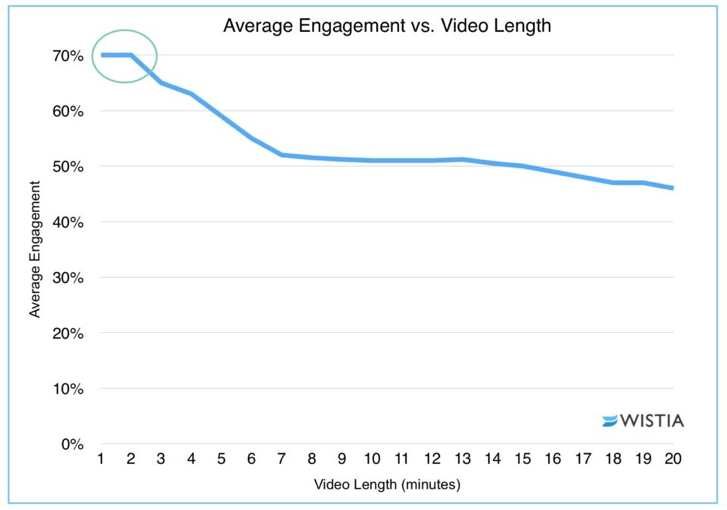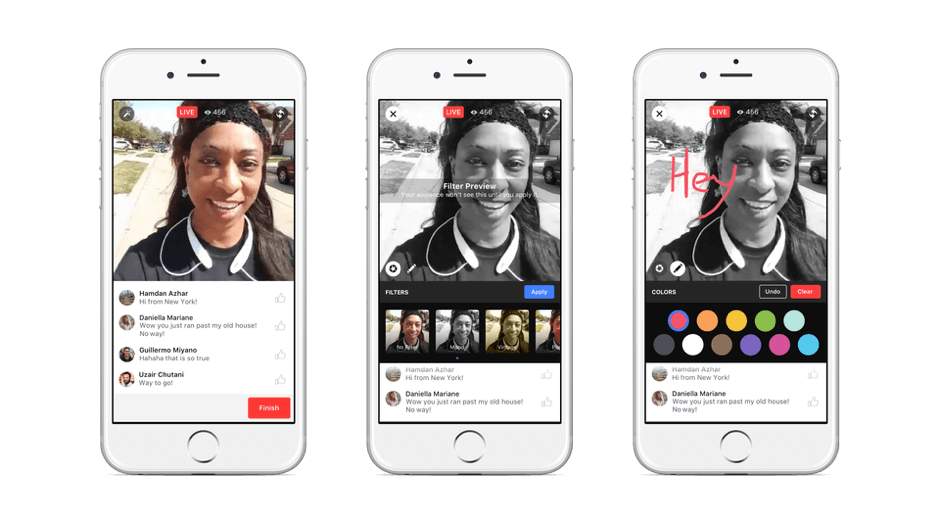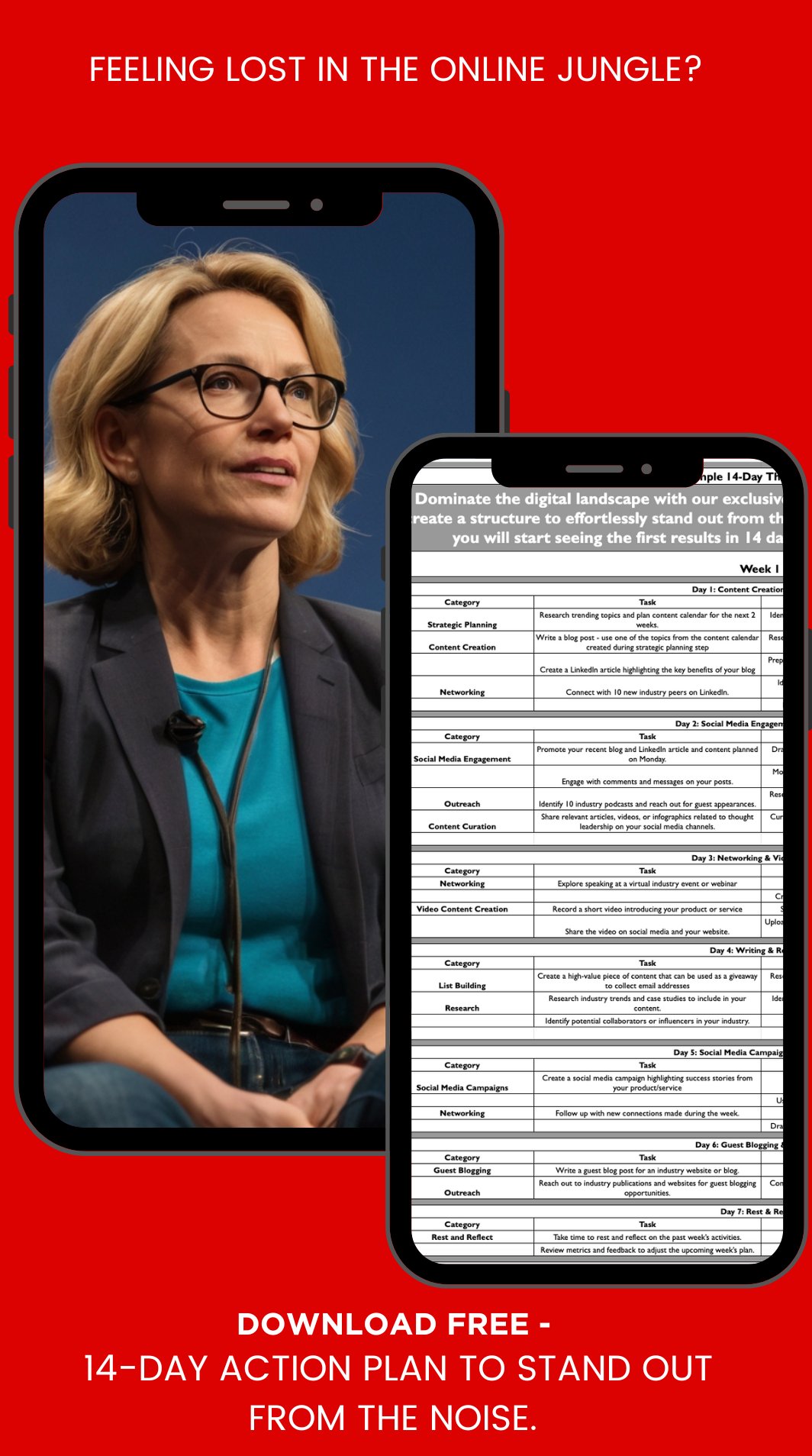Video content is hot!
If you’re a B2B or B2C brand and you’re not creating or even considering creating video in 2017 — then wake up, wake up now!
Your audience is consuming video on a scale like never before.
Because we’re all connected by smartphones, the rate at which videos are being watched and shared is rising exponentially.
By 2017, online video will account for 74% of all online traffic (KPCB). This is happening now, so don’t be left behind.
Despite the myth that video is time consuming, costly and laborious — it really needn’t be. Brands can produce striking video content without big budgets or even big cameras. You just need a little ingenuity and creativity.
RELEVANT ARTICLE: HOW TO MONETIZE YOUR VIDEOS
Here are 7 tips for creating killer video content that converts.
Table of Contents
Toggle1- Figure out your who and what
You know video is a highly engaging medium that’s proven to convert.
But who exactly is your brand trying to engage with?
Consider your audience before you even look at a camera. Your audience will dictate the type of video you create, the length, complexity and the frequency in which you might want to post video content.
Knowing why you’re creating video is the first step, but catering to your audience is the second.
Ask the important questions about how your audience will find this content, what environment they’ll watch it in and on what device.
All these elements will affect the planning of your content and how it’s edited.
2 – Plan, plan, plan
Whether you’re filming the content yourself on a company camera or hiring videographers — planning is key.
It’s so important to have a clear idea of exactly how your video is going to pan out (excuse the pun).
You might choose to storyboard your video, but most of the time you’ll script it, decide where it’s going to be filmed and how long it’s going to go for — and start.
These elements are the bare bones of your plan, but consider all the elements that might affect the outcome of your shoot, such as:
- Location
- Lighting
- Noise
- Talent
- Equipment malfunction
- Batteries and microphones
- Time constraints
- Space – do you have enough?
- Clothing – trust me, stripes on camera are no-go!
Before any kind of filming is scheduled, make sure you have a plan in place and have considered all the variables.
If you’re just going to be filming in the office on your phone, these things might not come into play, but consider things like sound and how your video will come across if your voice is muffled or the coffee grinder is twerking away in the background.
Poor planning wastes time, and if you’re paying someone, money.
3 – Decide on the length of your video and stick to it
The length of your video is a particularly important factor to consider.
Your audience is busy, distracted, easily annoyed.
Finding the video length sweet spot is your main objective, because choosing the right length can be the difference between success and utter failure.
“Snackable” content is highly sharable, but that doesn’t mean your video needs to be a 15 second slam dunk.
You can create long-form content if it’s right for your audience. If you also create shorter content for social media marketing and wider audience engagement, then you’ll be more likely to reach a wider audience.

As a rule (and we know rules are made to be broken) shorter videos receive higher engagement.
If you decide your video is going to be 1-2 minutes long, make sure it is 1-2 minutes long. It’s very easy to over-script and over-complicate something that can be said and done concisely.
Be entertaining, but be brief.
4- Take a breath – the pause is your absolute best friend
If you’re creating a video that will be edited later or re-purposed into a series of shorter videos — listen up.
Don’t forget to breathe, or to tell your talent to breathe!
Not just because no-one wants the talent passing out, but because it will save you time, hassle and frustration in post production. When the script has a natural pause – take a longer pause and continue.
Top tip: Always ask interviewees to start their answers with the question. This will make a massive difference when it comes to editing footage and creating cuts.
5 – Mix it up
Use a variety of different formats and techniques to create video that surprises and entertains.
If you’re presenting a regular segment you’ll want to keep it fairly consistent, but you can introduce other elements to give your videos added texture.
If creating a video channel, use a variety of formats to keep your content fresh and engaging. Here are some examples you can try:
- Interviews
- Vox pops
- Live video streaming
- Time lapse
- Thought leader explainer videos
- Documentary
- Highlight reels
- Instagram video
- Snapchat
- Twitter Periscope
- Facebook Live
- Webinars
- Motion graphics
Top tip: On average, people spend more than 3x more time watching a Facebook Live video than a video that’s no longer live (Facebook).

Live video has the added elements of immediacy and intrigue, so don’t be afraid of it.
6 – Optimize for search
A 2015 study by Animoto found 74% of millennials followed brands on YouTube, indicating the importance of digital video for marketers and businesses.
When creating video content, don’t forget the golden rules that apply to other forms of content marketing. You’re putting time and money into creating content, so you want to make sure it stands the best chance of being discovered.
- Use correct descriptions, titles and alt text as you would for an editorial piece
- Include social share buttons on or near your video
- Give your audience the opportunity to follow your brand/channel/social profile
- Include links and suggestions at the end of your video. This is the perfect opportunity for branded call to action
Top Tip: Transcribe your script below the video. This may seem unnecessary, but for Google it’s a must.
The bots that crawl the web for relevant content to rank can’t read video.
For Google to rank your video content in the search rankings, you need to use the correct keywords and transcribe the video – either in full or provide an overview.
7- Distribution strategy
The biggest let down in video marketing is what happens to the video after it’s created.
“Many businesses invest significant time and money into creating content, but completely ignore content promotion” (7 Steps of a Successful B2B Content Strategy).
Marketers put so much effort into creating brand videos, but don’t put the effort into distribution channels.
Creating a video for your website will attract customers and if done well, can quickly convey your proposition, so put the groundwork into ensuring your site is optimized for video.
According to Hubspot, including video on a landing page can increase conversion by up to 80%.
Creating a video-optimized site is easier than ever and won’t cost you the earth in development.
Using an ecommerce template (like those created by Shopify) will ensure your videos are responsive across devices. If you’re working with a developer or you’ve designed your own site, take care to ensure your videos are set up correctly and your file sizes aren’t going to create lag for customers visiting your site.
Use video where appropriate on your landing pages, and especially in blogs and case studies.
Link to content distributed across your social channels and give added value to customers by including your video in emails and newsletters.
Top tip: Whilst it is the most popular, YouTube is not the only video player/platform out there. Creating a Vimeo channel and using other players like Brightcove to host your own video not only maximizes exposure, but will make it easier for you should you wish to monetize your video content.
Video is without a doubt the biggest marketing trend of the moment and it’s still growing.
With high engagement and click-throughs, video must be part of your content marketing mix.
Watch other brand videos, get an idea of content you like, and take note of the things you want to avoid. Set a budget and review and monitor the ROI across all the distribution channels. Most of all, have fun with it — video is an awesome medium that I know you’re going to love.
This is a guest blog by Patrick Foster: Ecommerce Entrepreneur, Coach & Writer
A few words from Patrick: I am an ecommerce geek with a passion for video and digital marketing. I write across a number of ecommerce and entrepreneur sites where I hope to inspire the new generation of marketers.











